Mexico Through the Lens of @Izmiguel
10 Share Tweet"As in any big country, each region of Mexico has a uniqueness that makes it appealing to explore it and challenges you creatively."- @izmiguel
Originally from Morelia, Miguel (@izmiguel) has explored various parts of his home country, Mexico, for his work in a non-profit organization focused on helping people with blood disorders. Taking his film camera along with him on those trips, he shares that "when it comes to photography, you have a lot of interesting characters to capture and many situations.”
With the nature of his work and his affinity with film photography, he lives out the Lomography Golden Rule #3 in his every day: Lomography is not an interference in your life, but part of it.
By sharing his collection of photographs, Miguel invites us to explore Mexico through his lens. Using a variety of his film cameras which includes a Sprocket Rocket, Lubitel 166B, Diana Mini, and several others paired with Lomography color shifting films such as the LomoChrome Purple, Redscale XR, and more, he takes us on an explorative journey around his home.
The way Miguel speaks about film photography, along with his images, would make you immediately believe that he's been within the film realm for quite a long time now. Which is why it's surprising to find out that he hasn't always been a film enthusiast and only happened to learn about analogue photography by chance – an "accidental discovery" as he describes it to be.
"Originally, I started to get into film because it was cheaper than digital. My first camera was a Canon FTb that cost me less than 70 USD with a lens, all in great condition, with Proimage and Fuji c200 going for 3 dollars or less in my local laboratory. This was just like a temporary arrangement to take photos while saving for a digital camera, but then magic happened and the first (awful, if I’m being honest) photos came back and I loved everything about it."
Miguel attributes the magic of analogue photography to the delayed gratification, the tangibility of the prints, and the celluloid wonders one has the opportunity of experiencing when shooting on film. He relates this medium as similar to a memory blanket that allows one to revisit and explore memories in, and even challenge the accuracy of their recollection captured in the photographs. More so, film photographers can also turn this into great learning experiences, seeing how certain adjustments can be made later on to achieve the images we have imagined.
He recalls the Diana Mini being instrumental in transporting him into a "different reality" — seeing how his photography style began to take shape and expound in ways unimaginable with a myriad of colors, shapes, and textures.
"I like shapes and forms and trying to find connecting lines or angles that create geometric forms. I also like to capture people as part of the environment…I prefer the spontaneous photo moment, rather than planning for a photoshoot in a studio."
Embodying Golden Rule #3
2016 marked the year Miguel first heard about Lomography. Upon reading the history of how it came to be and its reinvention of the Lomo cameras, he was immediately thrust into the world of analogue photography. The brand's experimental approach to creating film, camera designs, and accessories, is something he deeply resonated with and finds himself gravitating towards.
"I’m still amazed by the creativity of some of the members of the community when it comes to playing with colors, framing, perspectives, and how it makes you wanna go out and have fun while taking pictures."
"I think that we try to be an encouraging community, one that focuses on the feeling that a photograph gives you, rather than if it is technically perfect. I love the Lomography Community because that feeling is even more important. Nobody cares about the perfect photo, but rather the most emotive, and fun, and creative one."
Physical parallels between subject and environment are ever-present in Miguel's photos. Leading lines and negative space tell a visual story of his hometown. For his photography practice, he prefers shooting on the fly — a very signatory Lomography approach imbued with Golden Rule #3.
"I would say that my style is a little chaotic because I find it very hard to plan how I’ll be taking photos. So maybe I’ll have a low ISO film at night or a fast lens in bright light."
Pushing the rules of photography and image composition offers a fresh perspective on bringing an image to life. This is something Miguel understands and attributes to his location and the space bridging creativity and challenge, stimulating curious thinking,
"In Mexico there’s always something to capture," Miguel shares. Speaking to its uniqueness and how one place is never the same, no matter how many times you visit it, he adds, "There’s a feeling of unpredictability that lets your creativity flow and provides you with subjects to photograph."
Miguel's Favorites

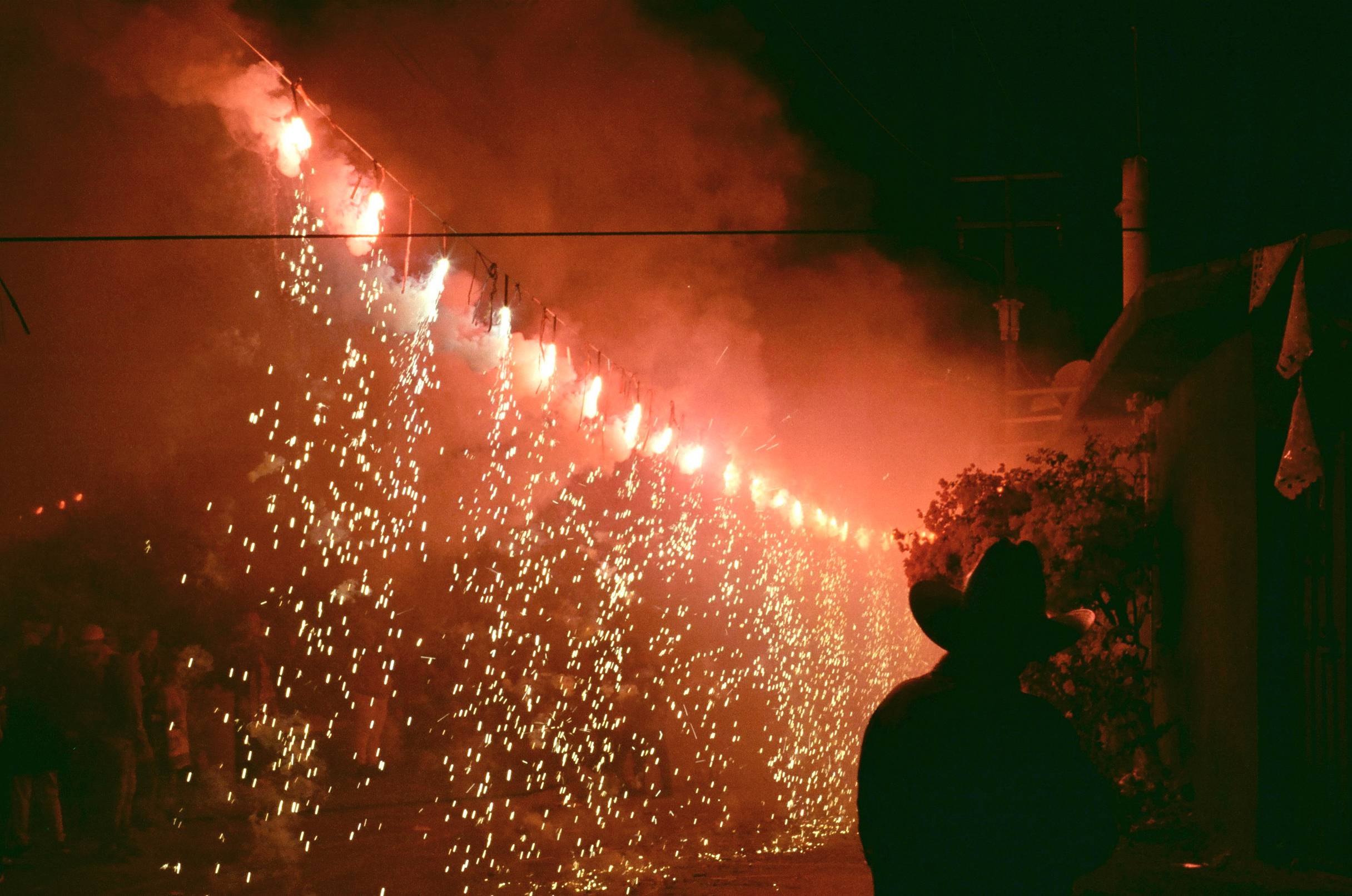
When asked about his favorite location to take photographs, he told us Mexico City would be his number one pick. Meanwhile, for more personal photographs he shared that it would have to be at the annual festivity that takes place on January 12th in his grandmother's town. Noting it to be an event that cannot go undocumented, and a time that's filled with "nice people, delicious food, and impressive fireworks."
After all this, how does Miguel maintain living out the Lomography Golden Rule #3? It's simple and it's something ingrained in his every day: frame your imagination in the way images can be captured and truly lived out (but this time on celluloid film).
Dare to see the world through different lenses. Open your mind. And like Miguel, always carry a camera with you in your backpack.
Remember the impermanence and limited physicality that comes with analogue equipment but never let it deter you from growing a collection of timeless film photographs and memories. Appreciate the novelty of every single film photograph and how each one is utterly special to the moment and those a part of it.
What's Next?
What other aspects of analogue photography will Miguel be delving into as part of his natural progression in his film journey? He hopes to touch on large format, motion picture film stocks and personal darkroom development.
Discovering more of film photography means that you are in constant conversation with time. As seen through Miguel's photographs and how he expressed his understanding of the medium, he knows this all too well.
How do you see yourself and your film photography philosophy in the nine other Lomography Golden Rules?
Thank you to @izmiguel for sharing his incredible growing collection of photos taken in Mexico with us at Lomography. See more of his film photos on his LomoHome.
How do you live out the Lomography Golden Rule #3 in your film practice? What photograph would best represent your experience?
written by macasaett on 2024-01-22 #culture #people #places #travel #mexico #35-mm #golden-rule-3 #redscale-xr #lomochrome-purple #lomography-ten-golden-rules


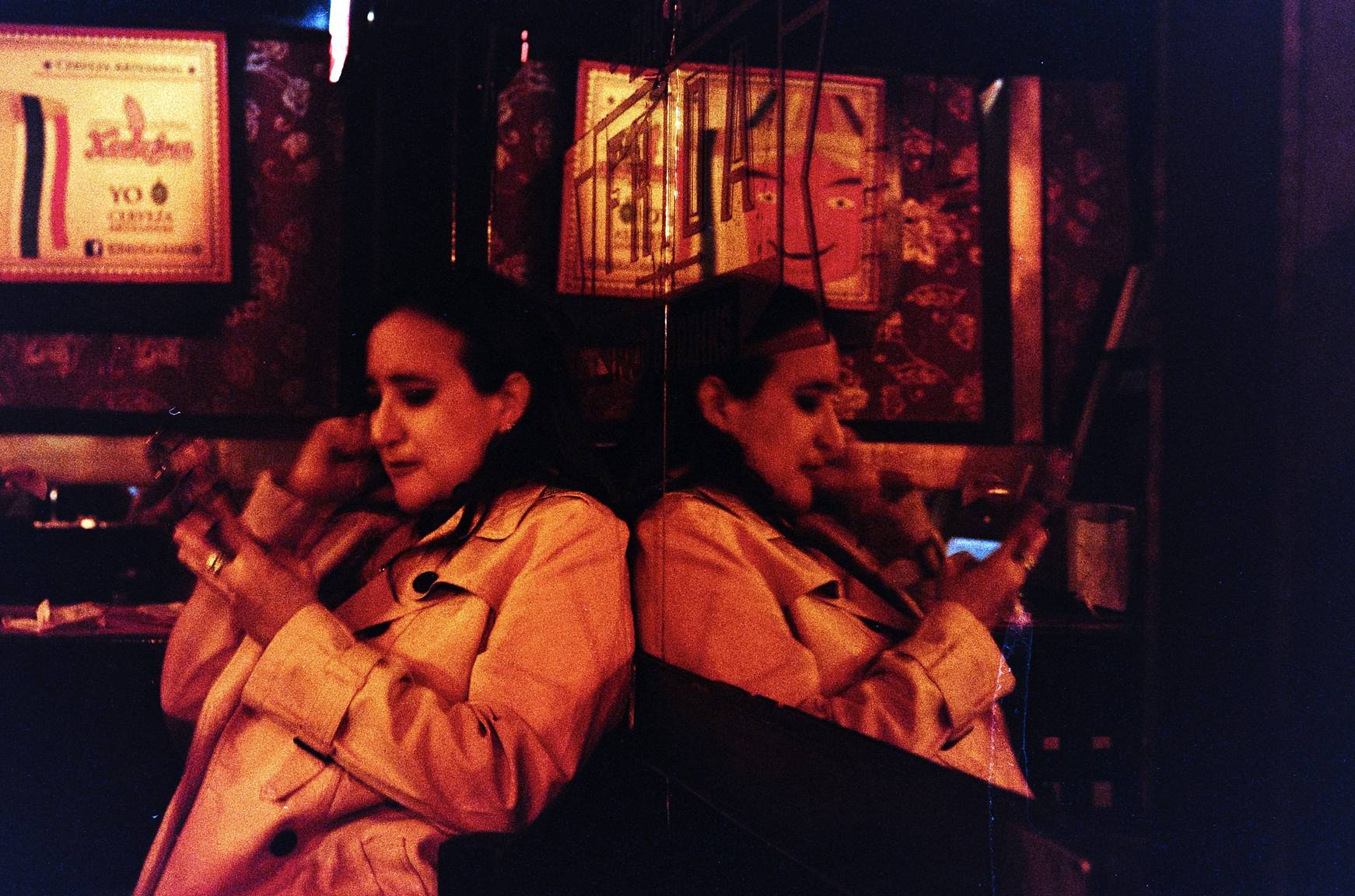




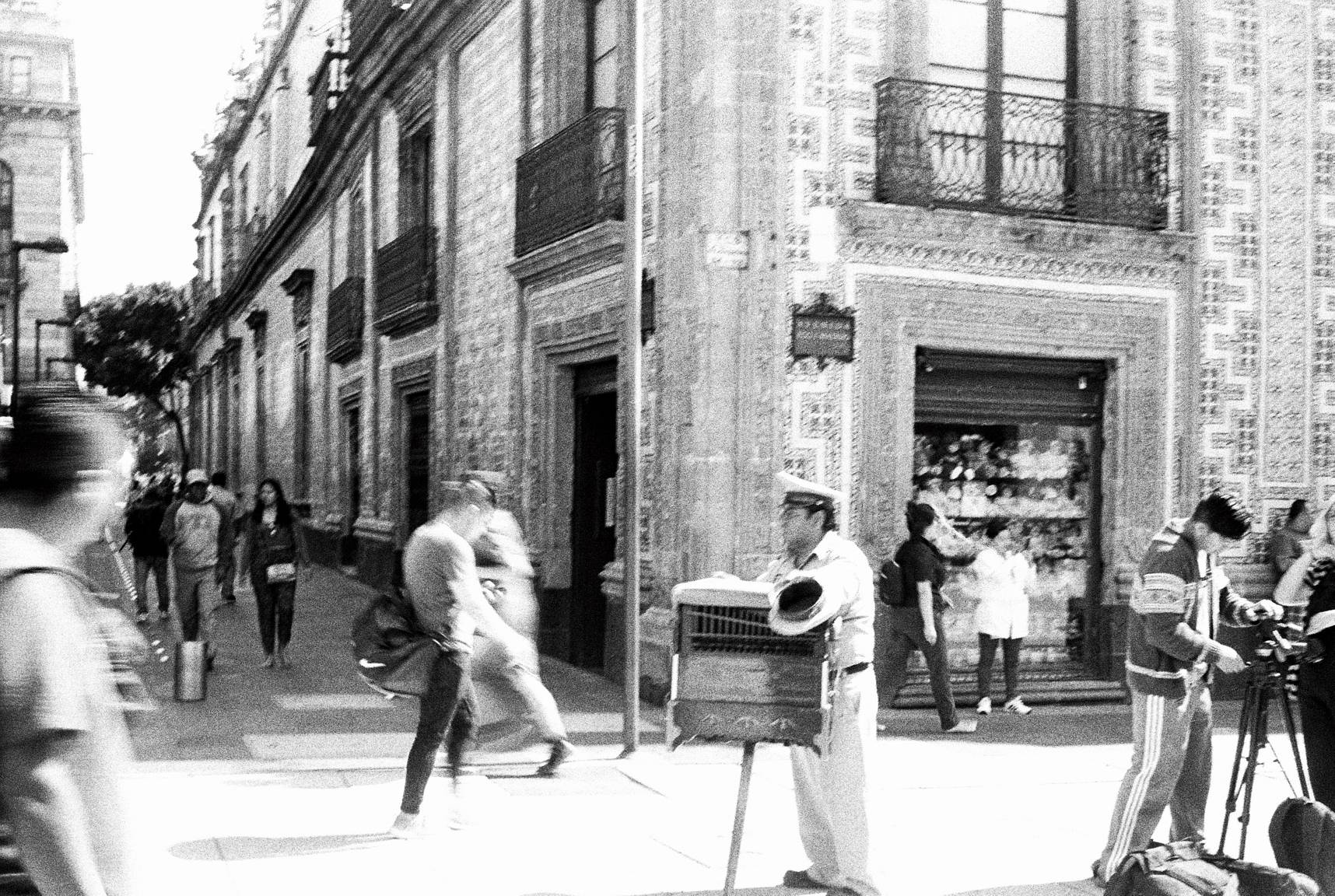




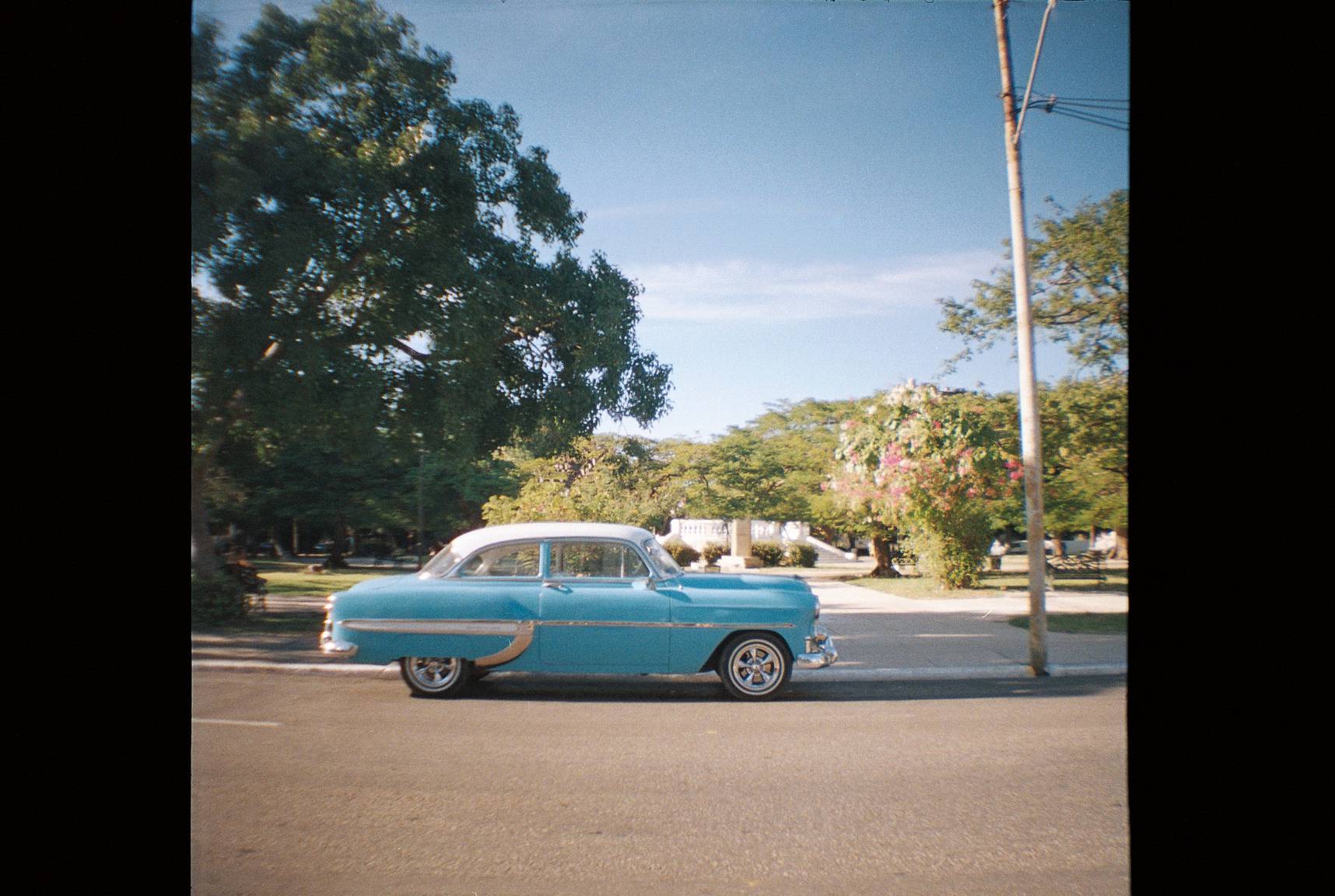
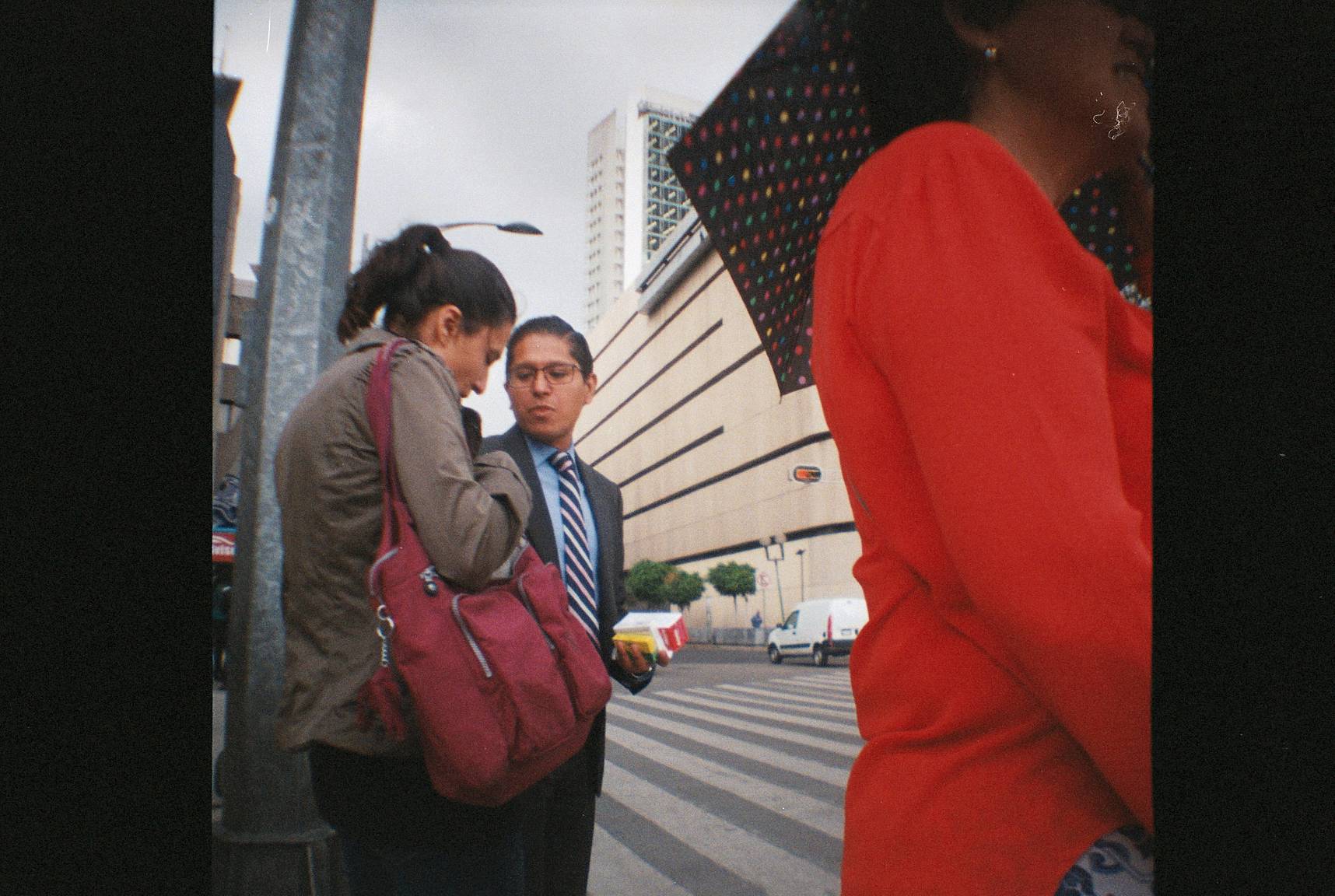




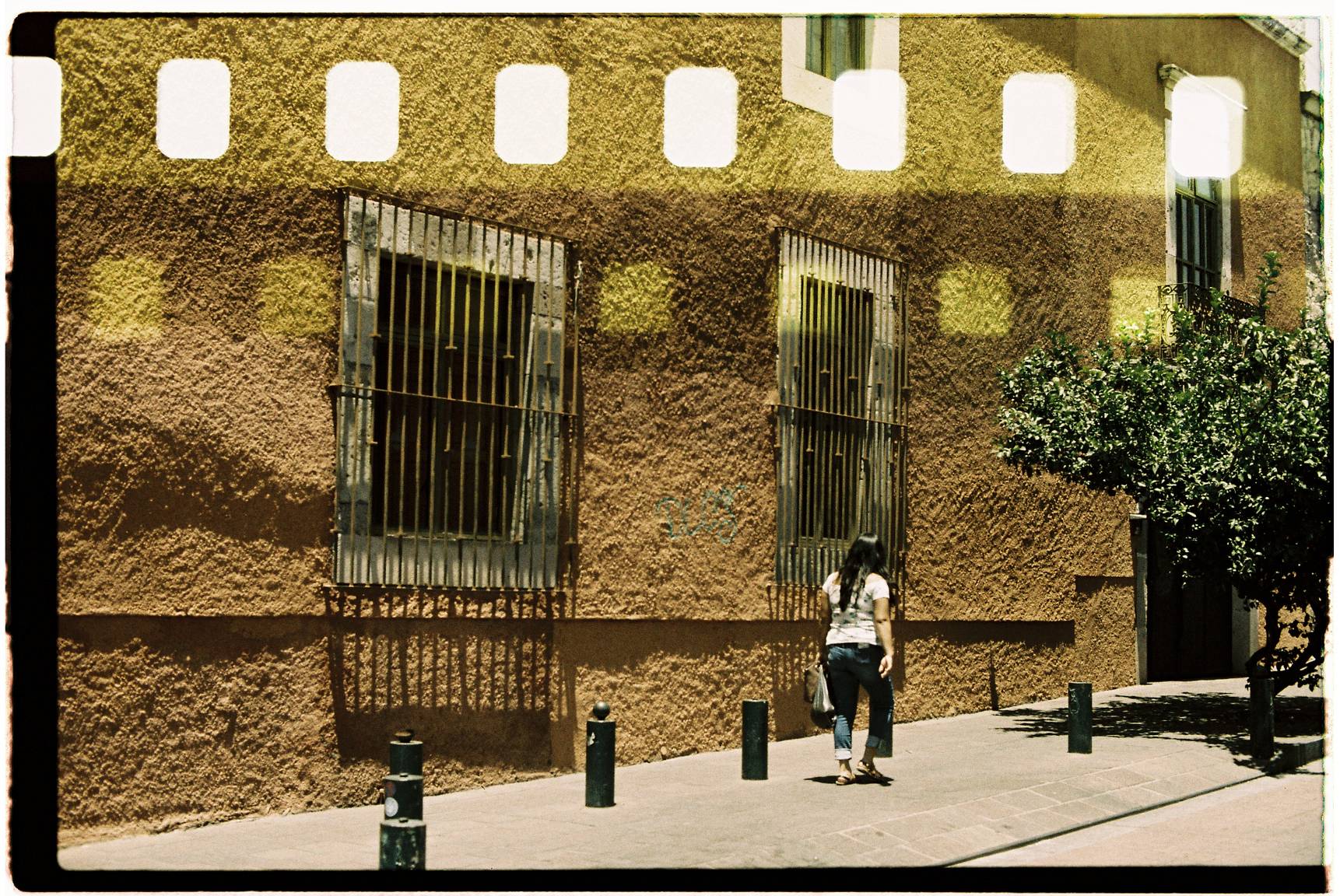


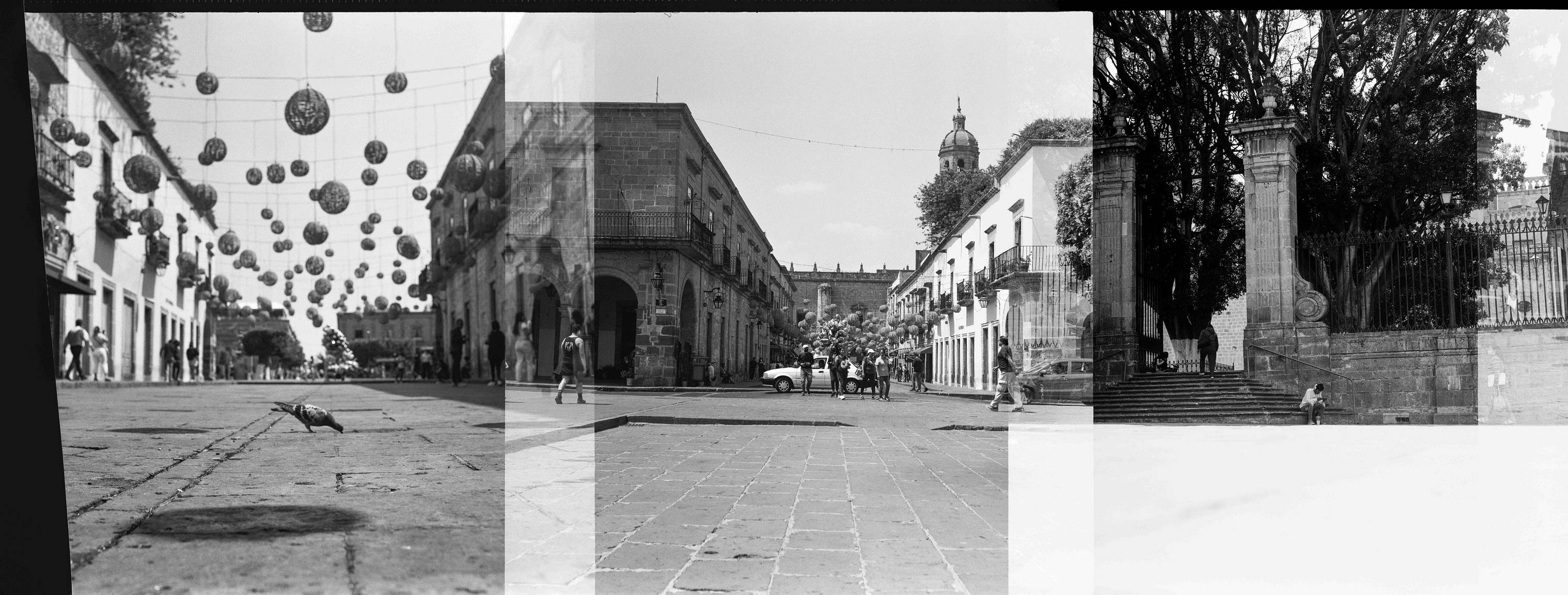



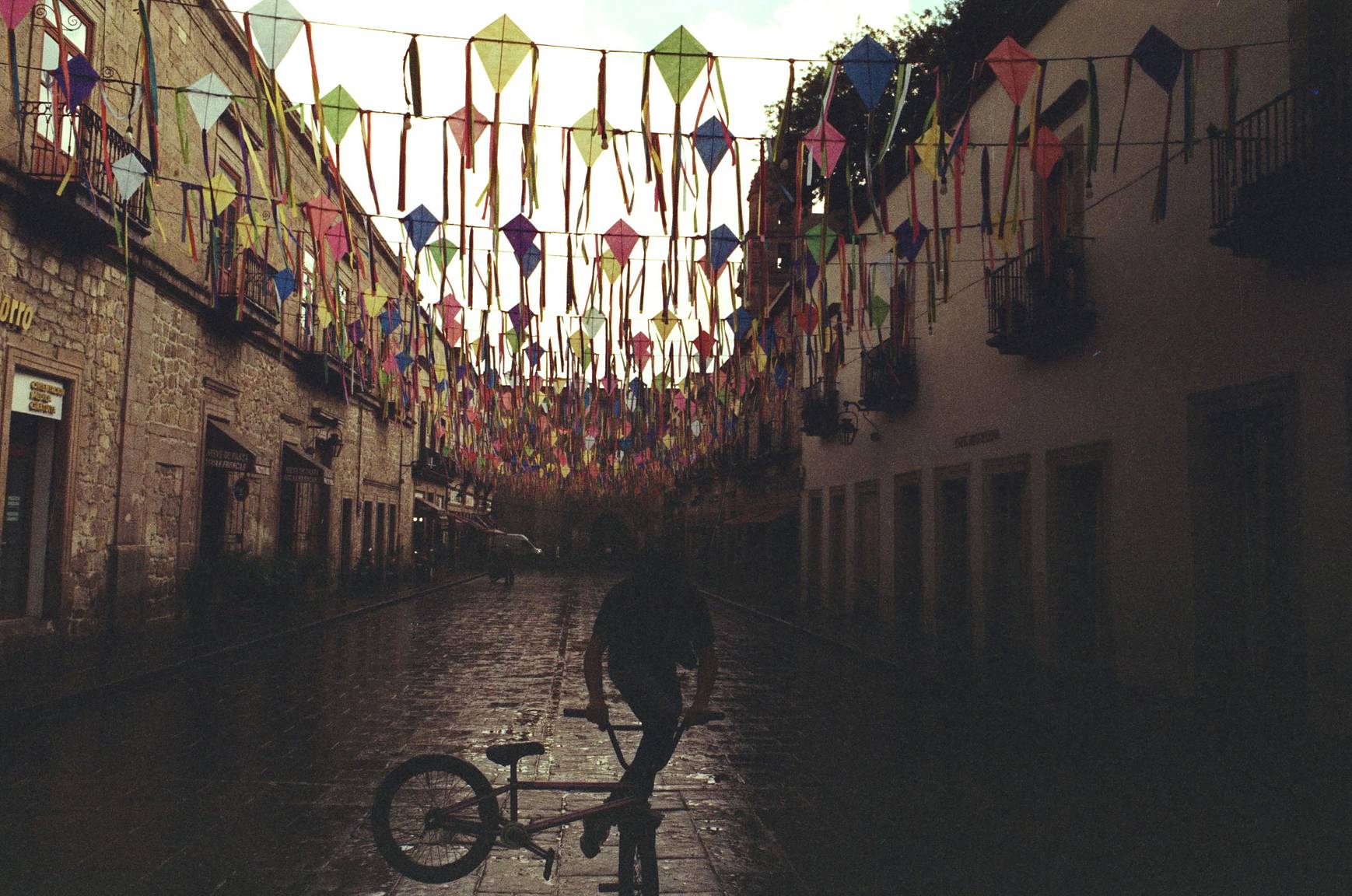


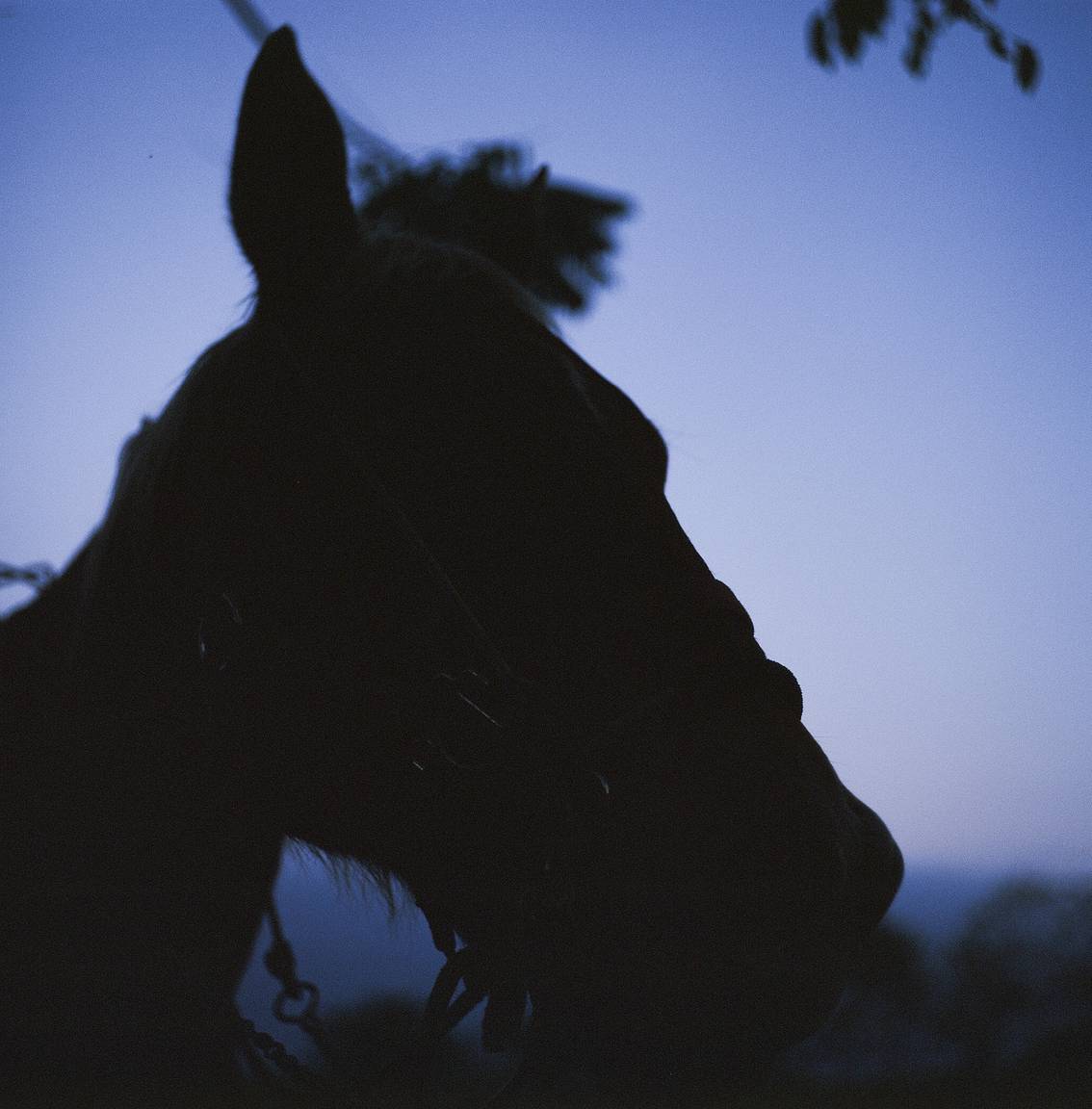



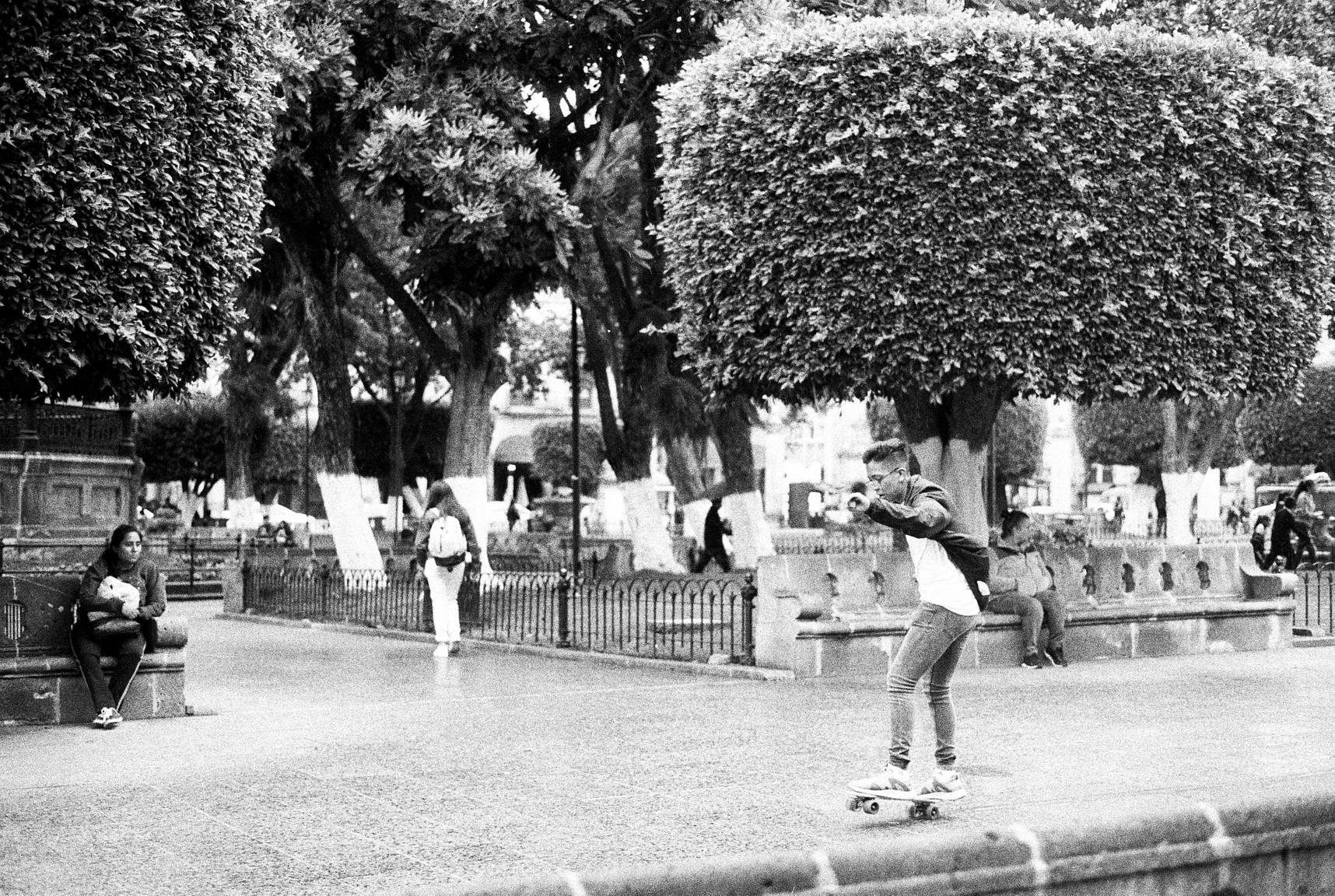

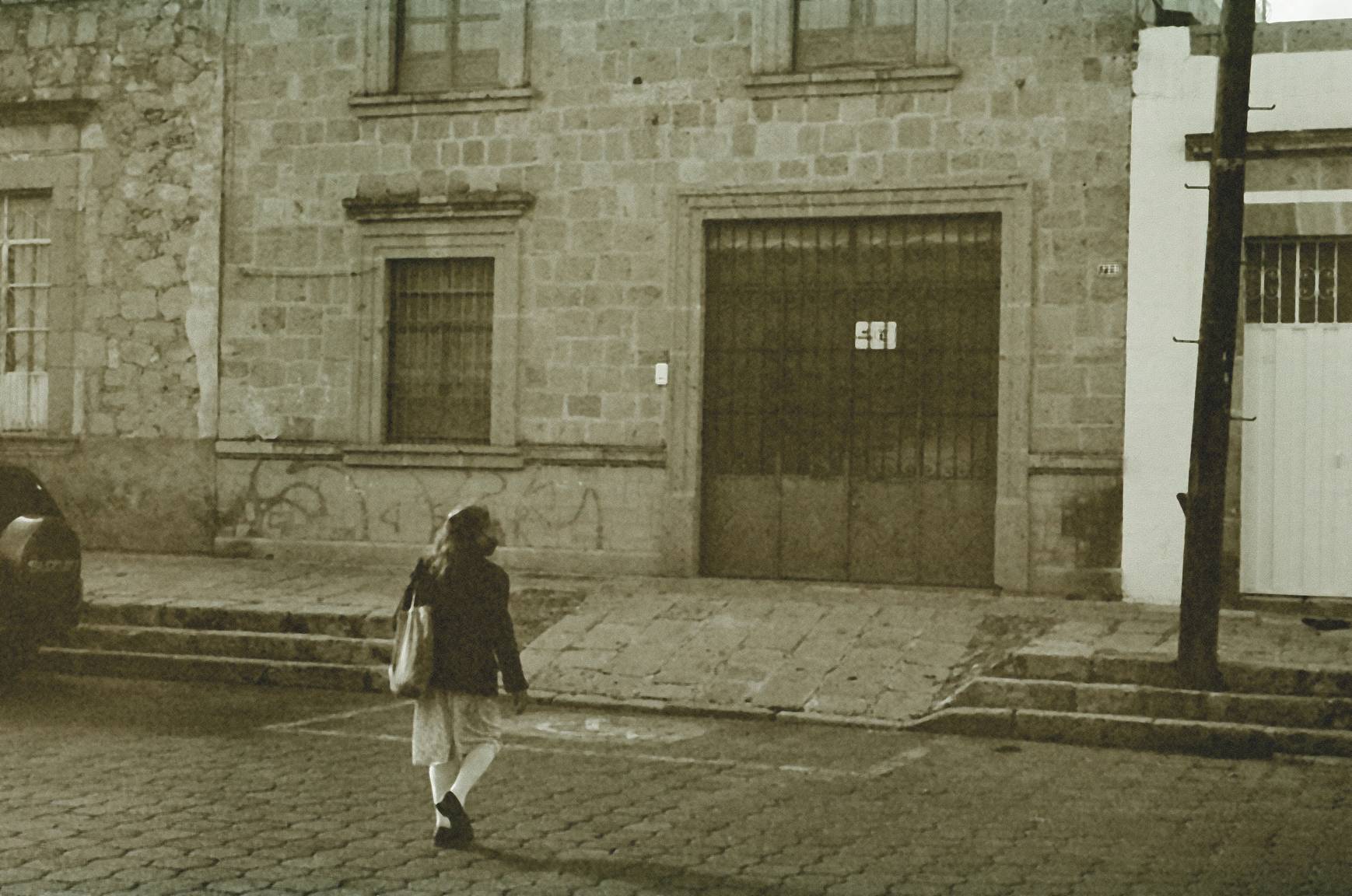

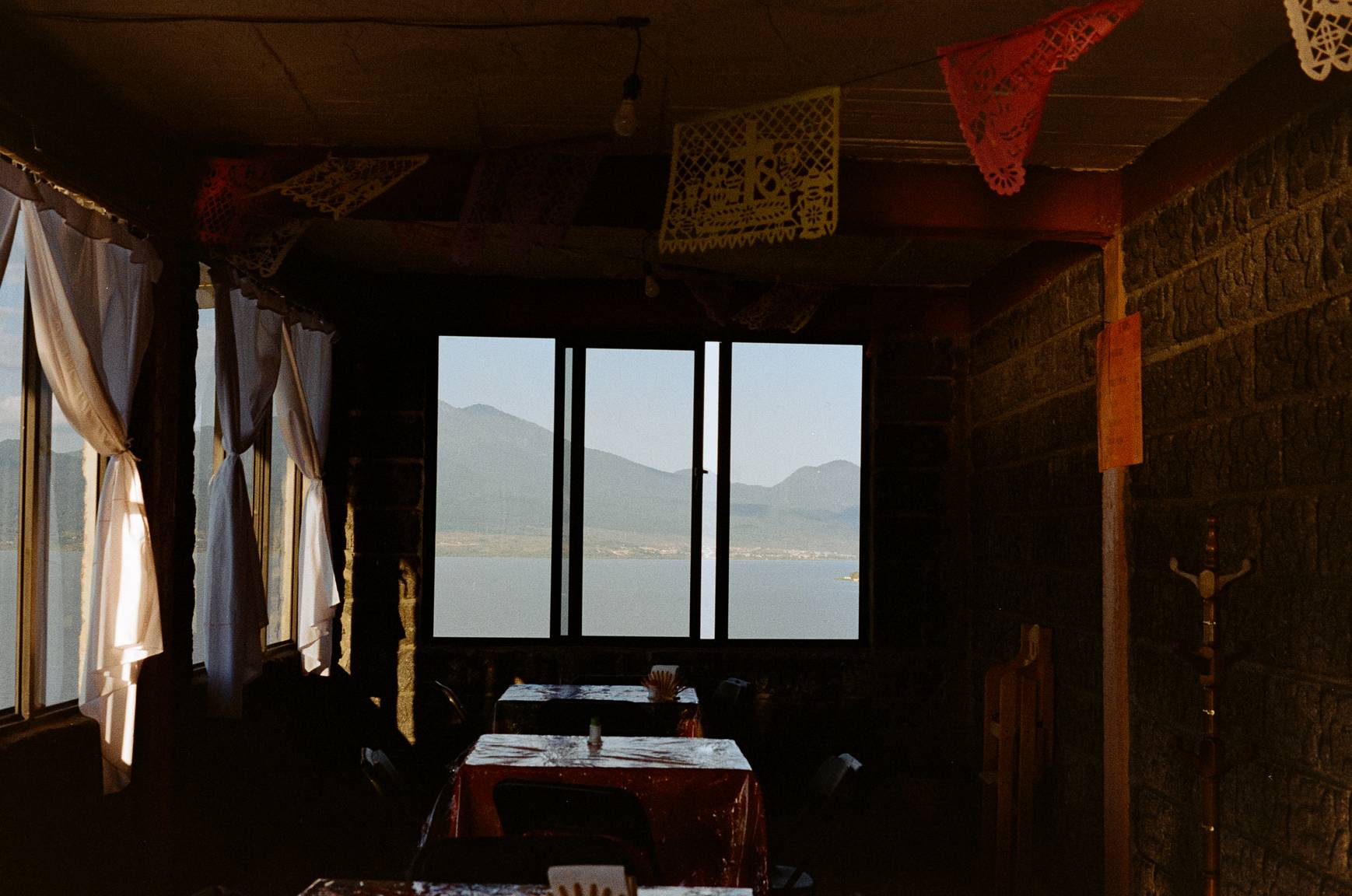



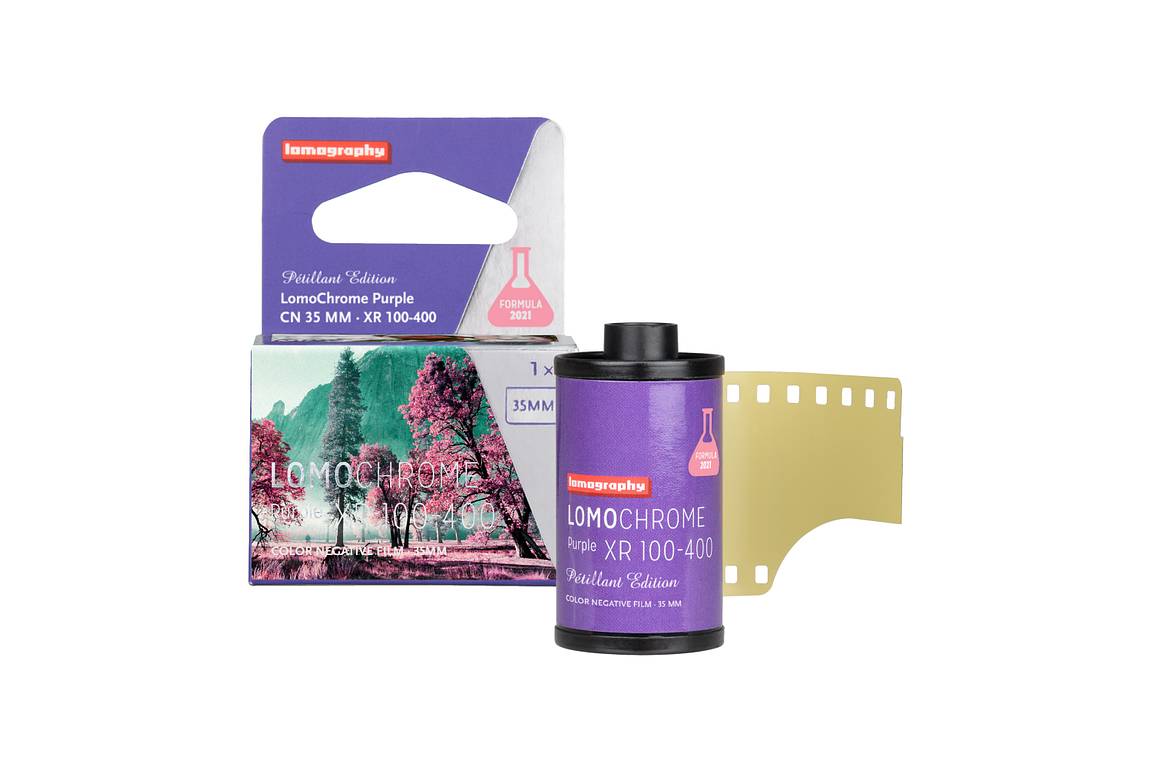
















No Comments